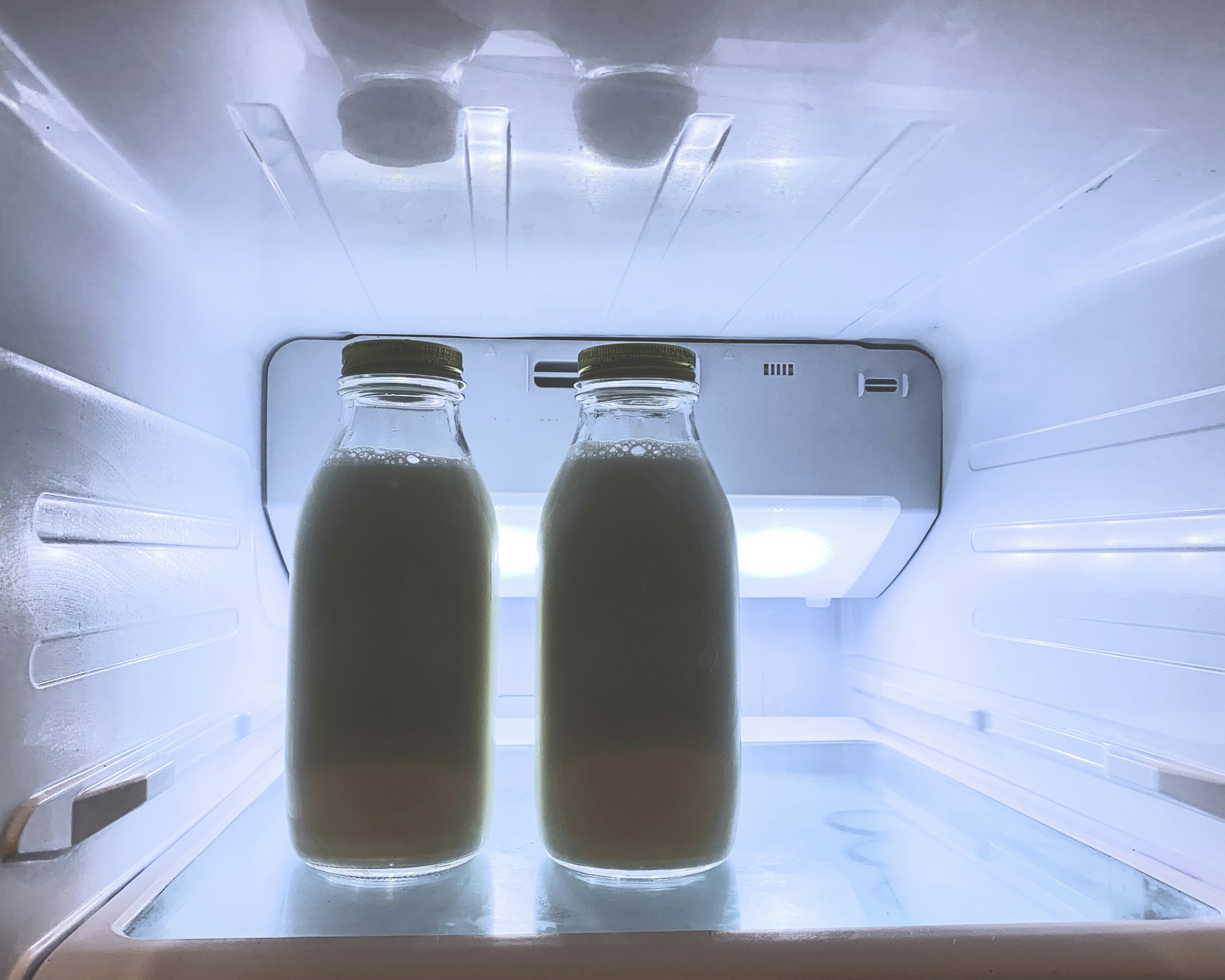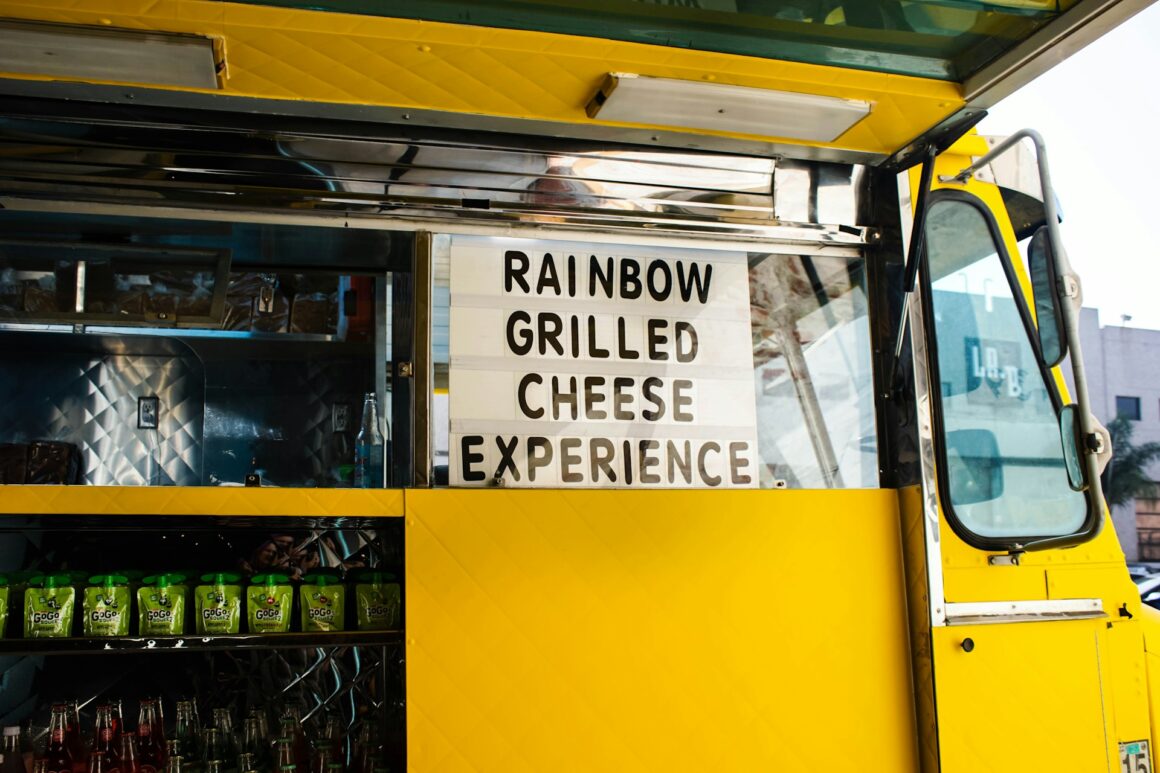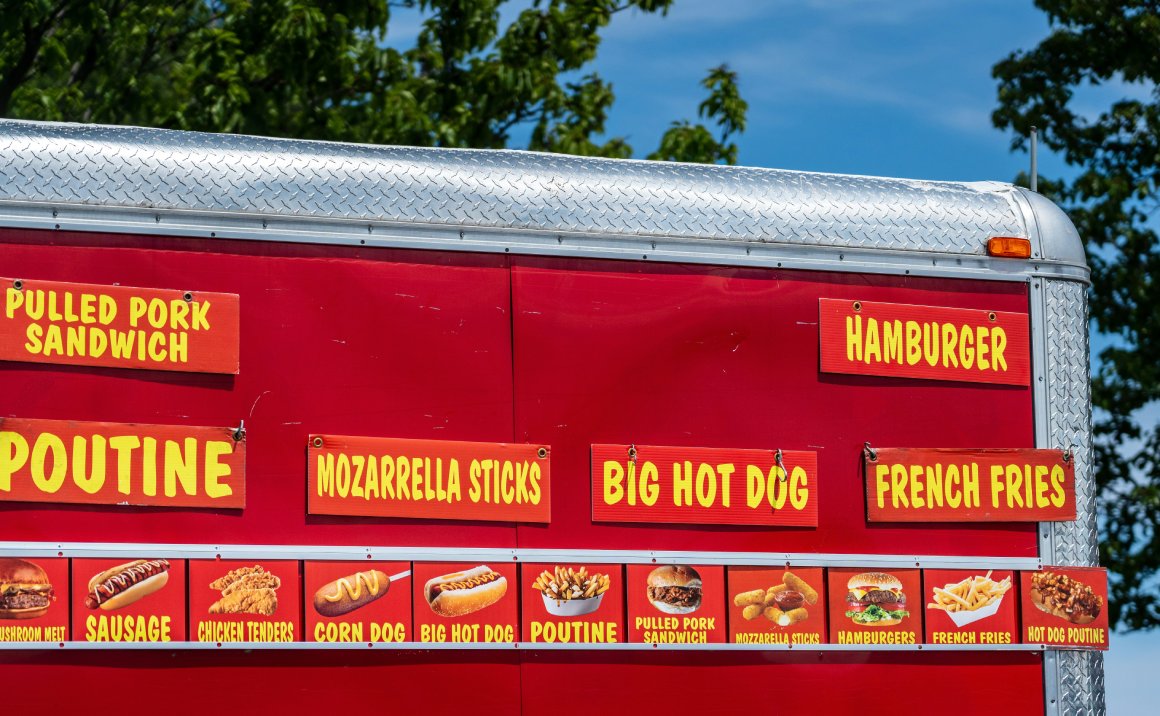
Equipping Your Food Truck for Success: A Beginner’s Guide to Choosing the Right Tools
This post is part of a regular series. Click here to start at the beginning.
Now that you’ve defined your vision and concept, it’s time to focus on the backbone of your food truck—your equipment. The equipment you choose will directly impact your efficiency, ability to serve customers, and ultimately your success. In this post, we’ll walk you through the essential pieces of equipment every food truck needs, how to choose the right tools for your concept, and what to consider when outfitting a mobile kitchen.
1. Understanding Your Equipment Needs Based on Your Menu
Your menu will dictate the equipment you need. Every dish you serve requires specific tools, so it’s essential to list your menu items first and work backward to identify what’s necessary for cooking, prepping, and storing ingredients. Food trucks have limited space, so your equipment must be versatile, durable, and compact.
Questions to Ask When Planning Your Equipment Needs:
- What cooking methods are required? Will you need to grill, fry, bake, or steam? Each method requires different equipment.
- How fast do you need to cook? Fast-cooking equipment is necessary for high-volume menus, while slower cooking methods may require more time and space.
- How much prep space is needed? Depending on your menu, you may need a lot of counter space for assembly or minimal space for simpler dishes.
- What are the storage requirements for your ingredients? Some ingredients need refrigeration or freezing, while others can be stored at room temperature.
Example: A taco truck needs a versatile setup with a flat-top grill for meats, a steamer for tortillas, and prep space for assembling tacos quickly. On the other hand, a bakery truck might require ovens, mixers, and refrigeration for dough and perishable ingredients.
2. Must-Have Cooking Equipment for Food Trucks
The cooking equipment you choose is essential to the smooth operation of your food truck. Depending on your menu, you may need grills, fryers, ovens, or stovetops. Let’s break down the most common cooking equipment used in food trucks and how to choose what’s right for you.
- Grill/Flat-Top Grill: One of the most versatile pieces of equipment, the flat-top grill is perfect for cooking burgers, sandwiches, and meats. It allows you to cook multiple items at once, which is crucial during busy periods.Example: A burger truck uses a flat-top grill to cook burger patties, sauté onions, and toast buns simultaneously. This allows the truck to serve customers quickly, even during high-volume events.
- Deep Fryer: If your menu includes fried items like French fries, chicken tenders, or fish, a fryer is a must. Look for a fryer that heats quickly and can handle the volume of food you expect to cook.Example: A fish-and-chips truck relies on a deep fryer to maintain consistent oil temperature and fry fish to perfection. A good fryer ensures fast cooking and crispy results, making it a critical part of their kitchen.
- Oven: If you’re baking pizza, pastries, or roasting items, an oven is essential. Food trucks usually need compact ovens that don’t take up too much space but can still handle high-heat cooking.Example: A pizza truck with a wood-fired oven can bake pizzas in just a few minutes at high temperatures, allowing them to serve customers quickly while maintaining the quality and authenticity of wood-fired pizza.
- Stovetop: For boiling, simmering, or sautéing, a stovetop is an important tool. This is often used for preparing sauces, soups, or pasta.Example: A pasta truck uses a stovetop to quickly cook fresh pasta and prepare sauces like Alfredo or marinara. This setup ensures they can serve made-to-order pasta dishes while keeping prep efficient.
3. Refrigeration and Storage: Keeping Ingredients Fresh
Refrigeration is one of the most important aspects of food truck operations. You need to keep perishable ingredients fresh while on the road, and space is often limited. Let’s explore the types of refrigeration and storage solutions commonly used in food trucks:
- Refrigerators: You’ll need a reliable refrigerator to store meats, dairy, vegetables, and other perishable ingredients. Look for a compact fridge that fits in your truck’s layout without sacrificing storage capacity.Example: A salad truck uses a compact refrigerator to store fresh greens, prepped vegetables, and dressings. The truck ensures that the refrigerator is organized, so items can be easily accessed during the lunch rush.
- Freezers: If you need to store frozen items like ice, frozen fruits, or meats, a freezer is essential. Many trucks opt for a combination refrigerator/freezer to save space.Example: A smoothie truck relies on a freezer to store frozen fruits like strawberries, mangoes, and blueberries, ensuring they can make smoothies quickly while keeping ingredients fresh for several days.
- Dry Storage: Non-perishable items like canned goods, spices, and sauces need a dedicated dry storage space. Shelving and airtight containers are commonly used to organize these ingredients.Example: A taco truck uses shelving units to store tortillas, canned beans, spices, and sauces in airtight containers. This helps prevent spoilage and keeps the truck organized during service.
4. Prep Stations and Workspaces: Optimizing Efficiency in a Small Space
In a food truck, space is limited, so it’s important to make every inch count. Prep stations and workspaces should be carefully planned to allow for efficient food assembly and minimal movement during busy times. Many trucks use a combination of prep tables with built-in refrigeration for quick access to ingredients.
Considerations for Prep Space:
- Compact, Multi-Use Stations: Choose prep stations that allow you to chop, assemble, and plate meals without needing too much space. Refrigerated prep tables can also store frequently used ingredients like toppings or sauces.Example: A sandwich truck uses a refrigerated prep table with compartments for deli meats, cheeses, and vegetables. This setup allows the staff to assemble sandwiches quickly while keeping ingredients fresh.
- Easy-to-Clean Surfaces: Stainless steel workstations are popular in food trucks because they are durable, easy to clean, and meet health department standards. Keeping surfaces clean and sanitary is critical for food safety.Example: A BBQ truck uses stainless steel prep stations for slicing meats and preparing side dishes. The staff can easily wipe down the surfaces between orders, ensuring a clean work environment.
5. Choosing the Right Power and Water Systems
To run your equipment effectively, you’ll need reliable power and water systems. Generators and water tanks are essential for food trucks, as many events or locations won’t have access to utilities. Here’s what to consider:
- Generators: A generator powers your cooking equipment, refrigeration, and lighting. It’s important to choose a generator that provides enough power to run all your appliances without overloading the system.Example: A coffee truck uses a powerful generator to run espresso machines, refrigerators, and blenders, ensuring they can serve drinks and pastries without interruptions, even at outdoor events.
- Water Systems: You’ll need a fresh water tank for cooking, cleaning, and handwashing, as well as a wastewater tank to store used water. The size of these tanks depends on your daily water usage and local health regulations.Example: A taco truck uses a 40-gallon fresh water tank and a separate wastewater tank to ensure they have enough water for handwashing and cleaning dishes during a full day of service.
6. Safety and Sanitation Equipment
Safety and sanitation are top priorities for any food business, and food trucks are no exception. You’ll need equipment that meets health department standards and ensures a safe working environment for your team.
Key Safety and Sanitation Tools:
- Fire Extinguisher and Suppression System: Most food trucks are required to have a fire extinguisher on board, and trucks with fryers or grills often need a fire suppression system.Example: A truck serving fried chicken installs a fire suppression system above the fryer to meet safety regulations and protect against grease fires.
- Handwashing Station: Health departments require a designated handwashing station with hot water, soap, and paper towels. This is essential for maintaining hygiene and food safety.Example: A crepe truck installs a small handwashing station near the prep area, ensuring the staff can wash their hands regularly during service.
- Waste Disposal and Grease Management: Your truck should have a proper waste disposal system, including trash bins and grease traps. Grease must be disposed of in a way that meets local environmental standards.Example: A BBQ truck uses a grease trap to collect excess grease from cooking and ensures it’s disposed of properly after service, preventing environmental hazards.
Conclusion: Outfitting Your Food Truck with the Right Equipment
Choosing the right equipment for your food truck is critical to your success. From cooking and refrigeration to prep space and sanitation, every piece of equipment plays a role in helping you serve customers quickly, safely, and efficiently. By planning carefully and investing in versatile, durable tools, you’ll be ready to hit the road and turn your food truck dream into a reality.
In the next post, we’ll walk you through the legal and regulatory requirements you need to meet before serving customers. Stay tuned for more insights to help you navigate the food truck world!
This post is part of a regular series. Please use these links to view the rest of the series in order.
Optimizing Food Truck Operations to Handle Increased Demand and Maintain Efficiency
Scaling Up: How to Optimize Your Food Truck Operations as Your Business Grows As your…
How to Build Social Media Engagement for Your Food Truck
Boosting Social Media Engagement: A Guide for Food Truck Owners In today’s digital world, social…
How to Build Customer Engagement and Retention for Your Food Truck
The Complete Guide to Customer Engagement and Retention for Food Truck Owners Customer engagement and…




